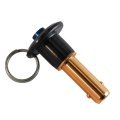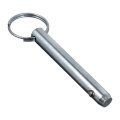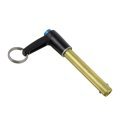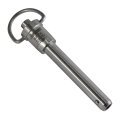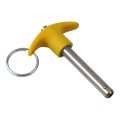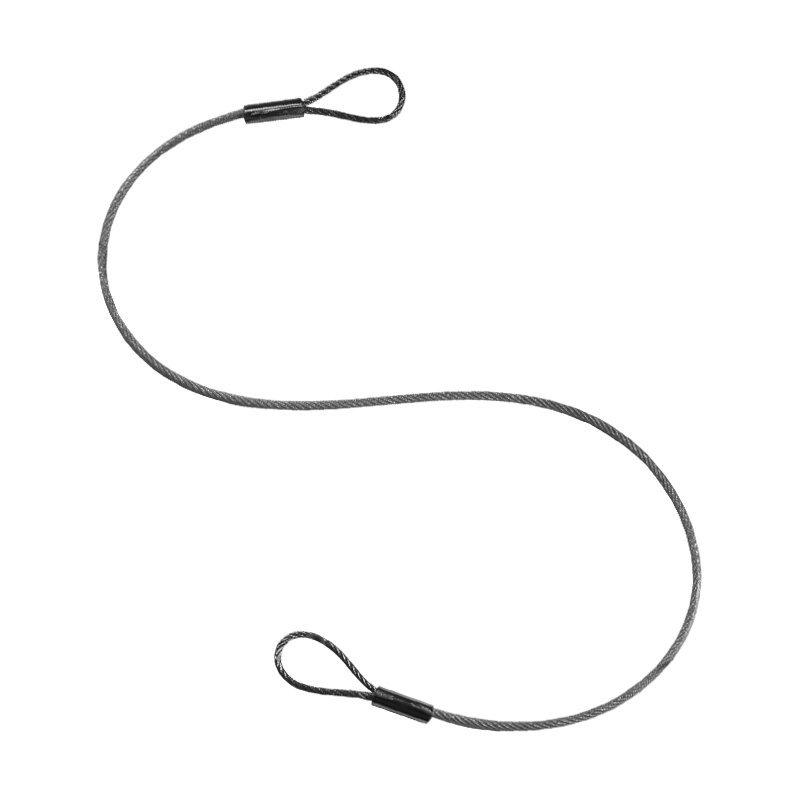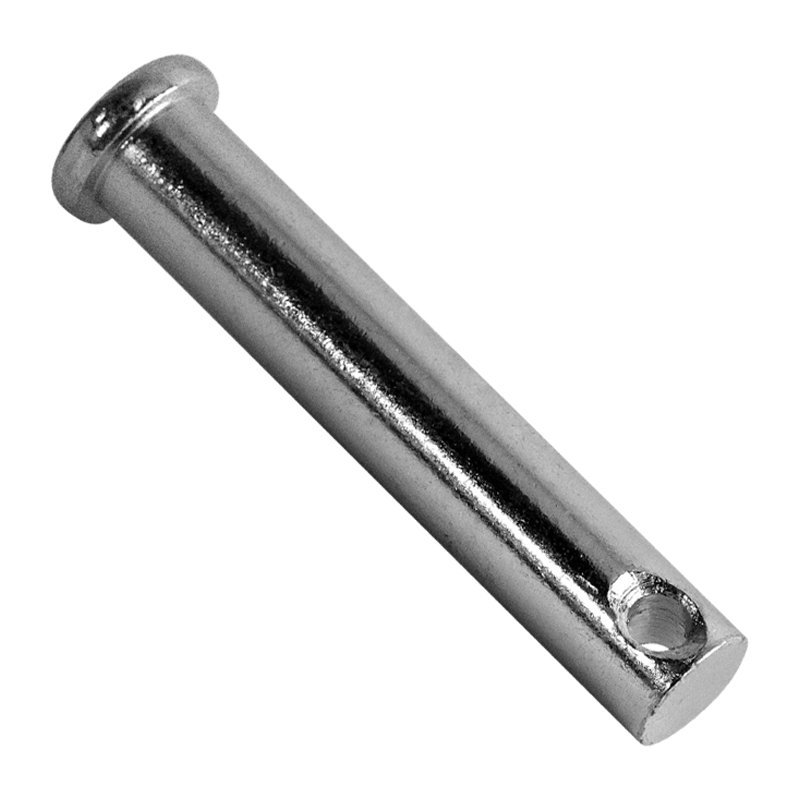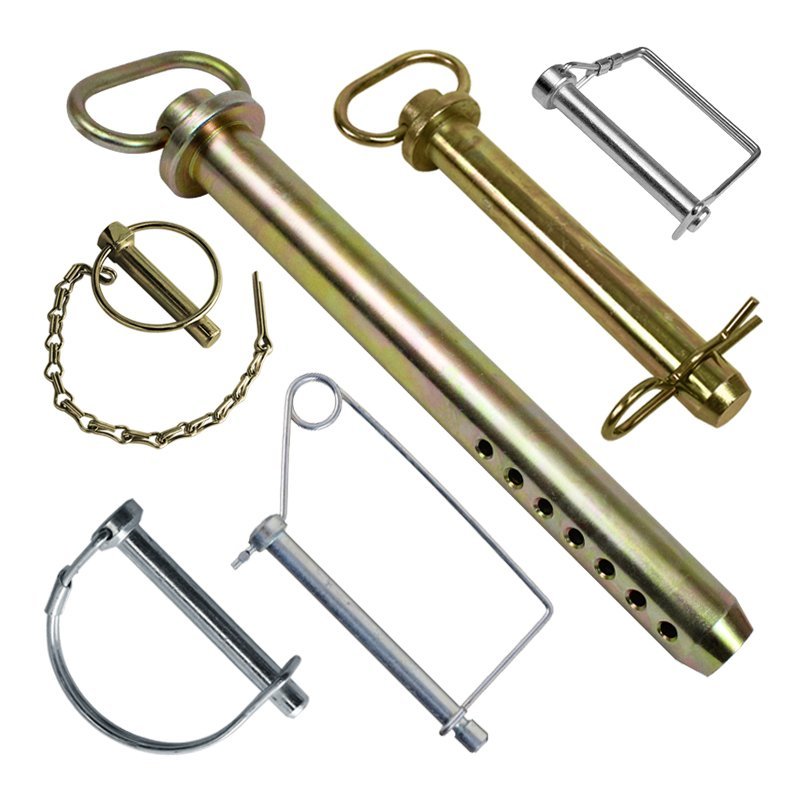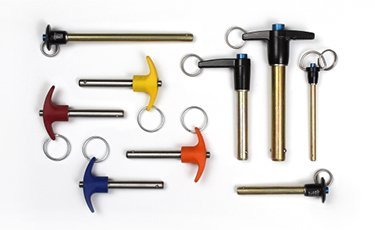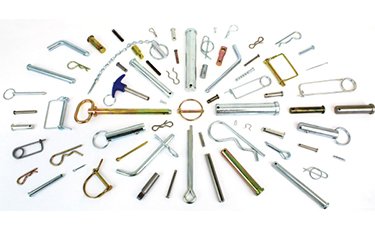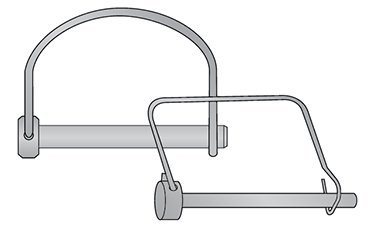Positive Lock Pins
Positive Locking Pins
Positive locking pins are simple, single-piece pins with detent balls housed in the shank and a button on the head that releases or enables the locking mechanism. In their resting position, the detent balls protrude outwards from the shank and lock the pin in position. When the top button is depressed, the shank moves until two internal machined grooves line up with the detent balls and allow them to fall into the shank, releasing the lock.
Huyett offers positive locking pins in chrome alloy steel and stainless steel with cadmium, passivated, and plain finishes.
Application Considerations
Before choosing your pin fastener, there are several factors to evaluate to ensure safe and optimal application performance.
- Motion: Evaluate whether the application will be subject to vibration or quick movements. These pins are well-suited for such an environment.
- Spacing: Think about the spacing surrounding the connection point. Is the mating hole surrounded by other components? Does it butt up against a wall? Is the area clear of any interference? This will influence the head style of your pin, which is available in several shapes to accommodate these needs.
- Tether Attachment: Assess the need for a tether attachment to prevent loss of hardware and secure the pin to its application. Huyett offers three types of tethers with a combination of big and small loop ends in nylon, stainless steel, and steel with galvanized or plain finishing.
- Visibility and Accessibility: Ensure the pin is visible and easily to access without requiring significant force. This may detract from the aesthetic appeal of the application, which is also something to consider.
- Environmental Conditions: Consider your application's environment and whether it will be exposed to natural or manmade corrosive elements (weather, sun, chemicals, etc.). This will impact your choice of material and finishing for your pin.
- Investment: A positive locking pin is typically more expensive than other kinds of pin fasteners. However, they are reusable and do not require installation tools or additional fasteners to keep them in place. As long as the pins are maintained, the upfront investment will pay for itself with repeated usability.
Benefits
Positive lock pins offer several important advantages with their simple and efficient design:
- Efficient and Quick Installation and Removal: The single-piece pin design with self-locking ball action makes this pin easy to use, as it does not require additional fasteners or tools.
- Versatility and Adaptability: With various head styles available, positive locking pins can accommodate a range of application needs and spacing requirements.
- Cost-Effective Over Time: Despite the initial higher cost, their reusability and long-term durability make them cost-effective.
- Vibration Resistant: The pins do not rely on pressure, force, or additional fasteners to stay in place; this means that vibration or consistent motion does not affect their locking function.
- Visible and Easy to Handle: The design ensures visibility, making them easy to insert, remove, and replace. The variety of handle styles allows for a secure and ergonomic grip.
What Does "Positive Lock" Mean?
A "positive lock" mechanism is one that cannot require force or pressure to stay in a locked position or withstand vibration. Positive lock pins stay in place in their resting position - they require action to
unlock
. These devices must also be visible in use.
How Do You Release A Positive Locking Pin?
These pins are equipped with a quick release design, which means the lock is released by simply pressing the button on the pin head.
If you look at the internal pin shaft, it is straight up until just before the end of the shank. At this point, the shaft features two curved grooves. When the pin is resting in the locked position, the detent balls rest against the non-grooved part of the shaft, which pushes them out to protrude beyond the shaft. When you press the button head, the internal shaft pushes down until the curved grooves meet the detent balls, allowing them to fall back into the internal shaft and release the lock.
Types of Positive Locking Pins
For the most part, these pins are only differentiated by their head shape. Huyett offers:
- Button Head: Features a button atop a flat, circular head
- L-Handle: Features a button atop a head with a single arm
- Ring Handle: Features a button atop a head with a d-ring handle
- T-Handle: Features a button a top a head with two arms
The only exception is the
detent pin, which does not have a button. This pin still offers a detent ball locking mechanism, but it is simply pushed or pulled in and out of position. They are useful in lighter-duty applications that require frequent installation and removal.

